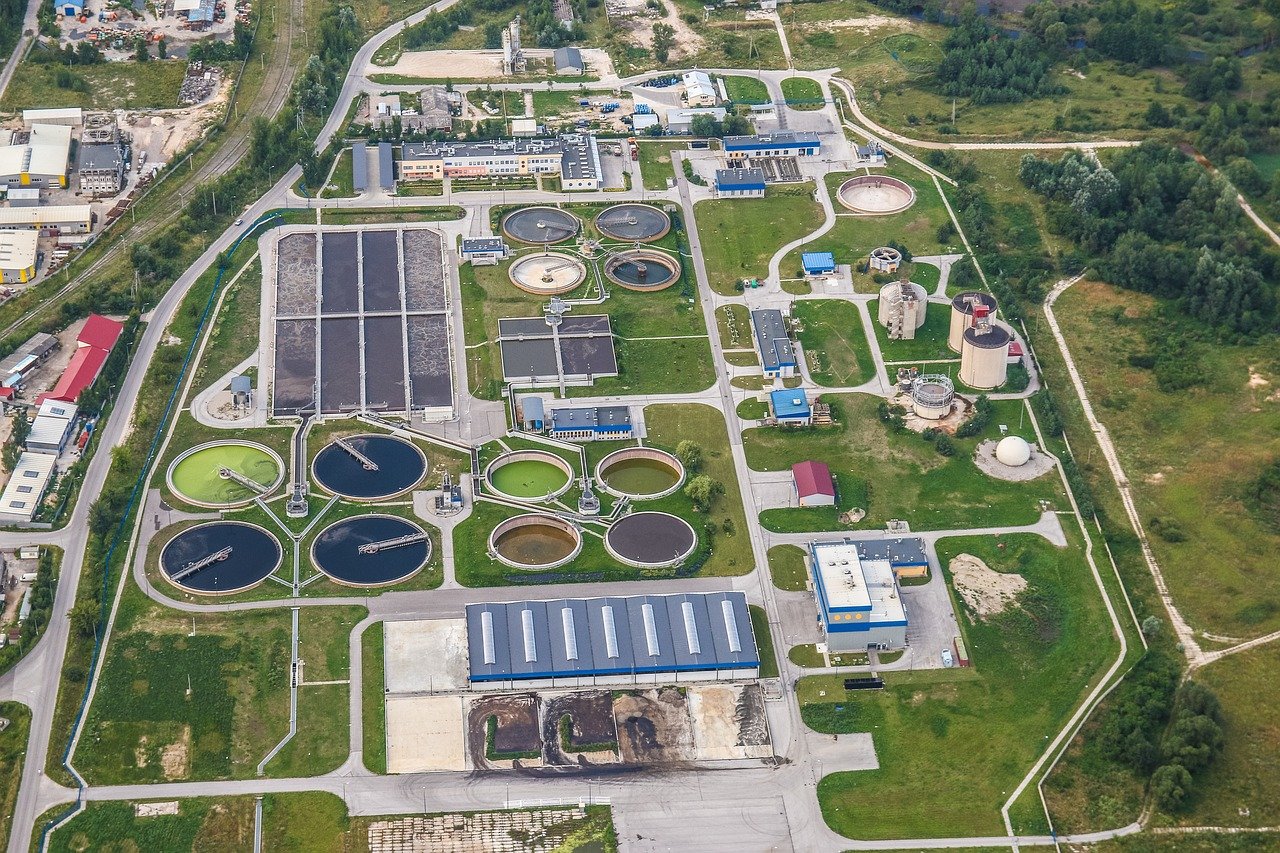 |
Before you jump to treatment process, read a quick brief about the purpose of wastewater treatment.
Why Wastewater Treatment process is Important?
Wastewater is nothing but normal water which is contaminated with domestic or industries wastes.
The main purpose of this treatment is too ensure reducing health risks and environmental pollution. And some other purpose like reducing water scarcity and helps in Energy production.
As we know world is facing massive water shortage resulting in water scarcity, Especially the middle east countries. In order to overcome these crisis many innovation and technologies are developed, Among them wastewater treatment is one.
By treating wastewater, Clean reusable water can be produced and can be utilized for various purpose.
Wastewater Treatment process are classified into 4 Steps:
1. Preliminary treatment process
2. Primary treatment process
3. Secondary or Biological treatment process
4. Tertiary or final or advanced treatment process
1. Preliminary treatment process:
This treatment process consists of separating the floating materials like dead animals, tree branches, papers, pieces of rags or wood etc., present in the sewage and also to remove heavy settleable inorganic solids.
This process also helps in removing oil and grease particles present in the sewage. This process reduces the BOD of wastewater by about 15 to 30%.
The units used in preliminary process are
a. Screening – For removal of floating matters like papers, rags, pieces of clothes etc.
b. Grit chambers or Detritus tank – For removal of grits and sand particles.
c. Skimming tanks – For removal of oil and grease particles present in the sewage.
2. Primary treatment process:
This treatment process consists of removing large suspended organic solids. This is usually achieved by sedimentation process. The liquid effluent from primary treatment process consists of large amount of suspended organic matters having BOD of 60% of original.
The organic solids which are separated out in the sedimentation tank are often stabilized by anaerobic decomposition in a digestion tank. This residue is used for landfills or soil conditioners.
3. Secondary treatment process:
This treatment process further treats the effluent which is coming out from primary sedimentation tanks. This treatment process is achieved by biological decomposition of organic matter which can be carried out either under aerobic or anaerobic condition.
Treatment process in which organic matter is decomposed by aerobic bacteria is called aerobic decomposition.
Units which are used in this treatment process are
4. Final or Advanced or Tertiary treatment process:
This process removes remaining organic load after secondary treatment and to kill pathogenic bacteria present in the sewage and this achieved by chlorination.
Also Read: What is sanitary engineering?| Definitions of some common terms

